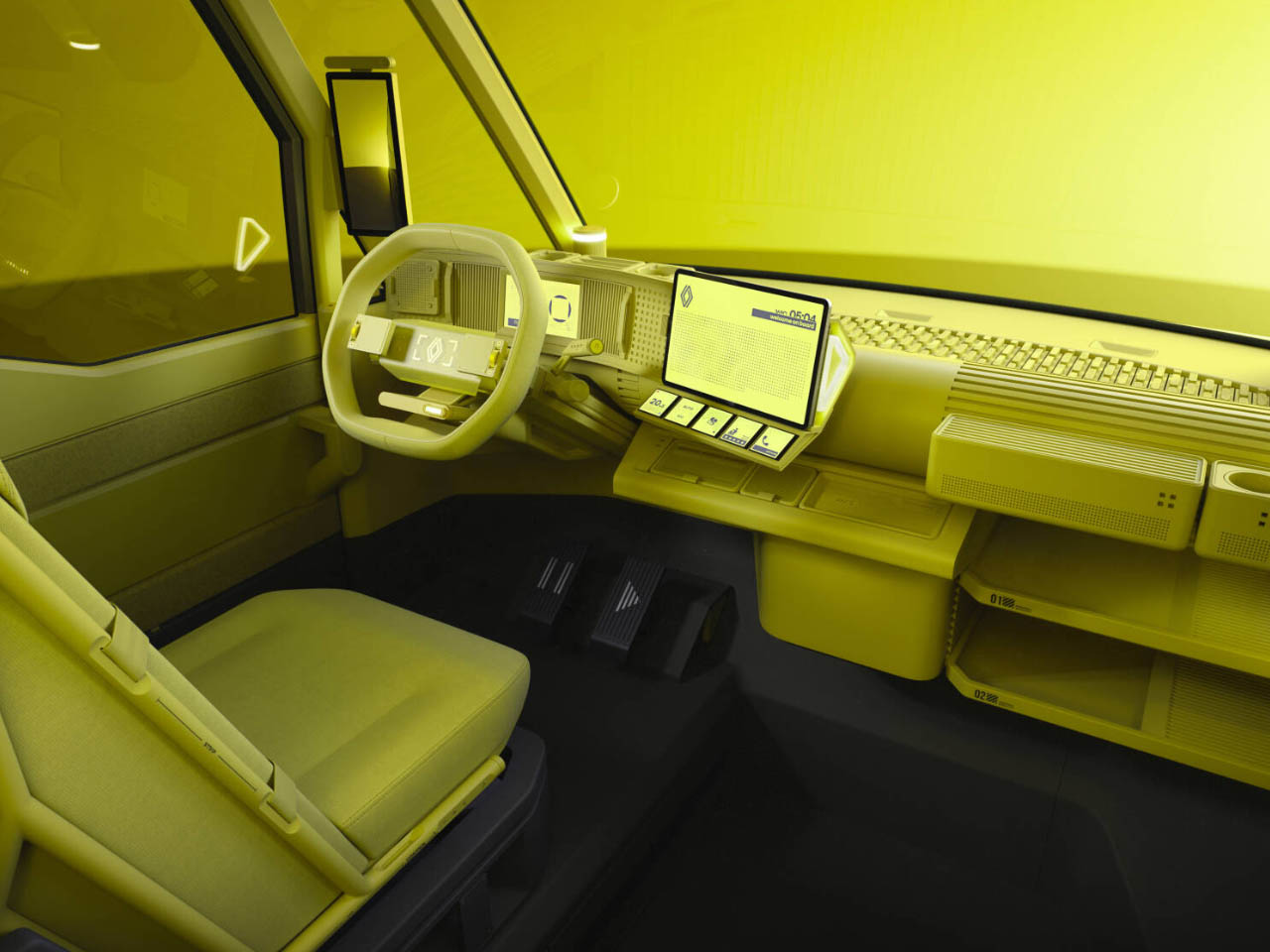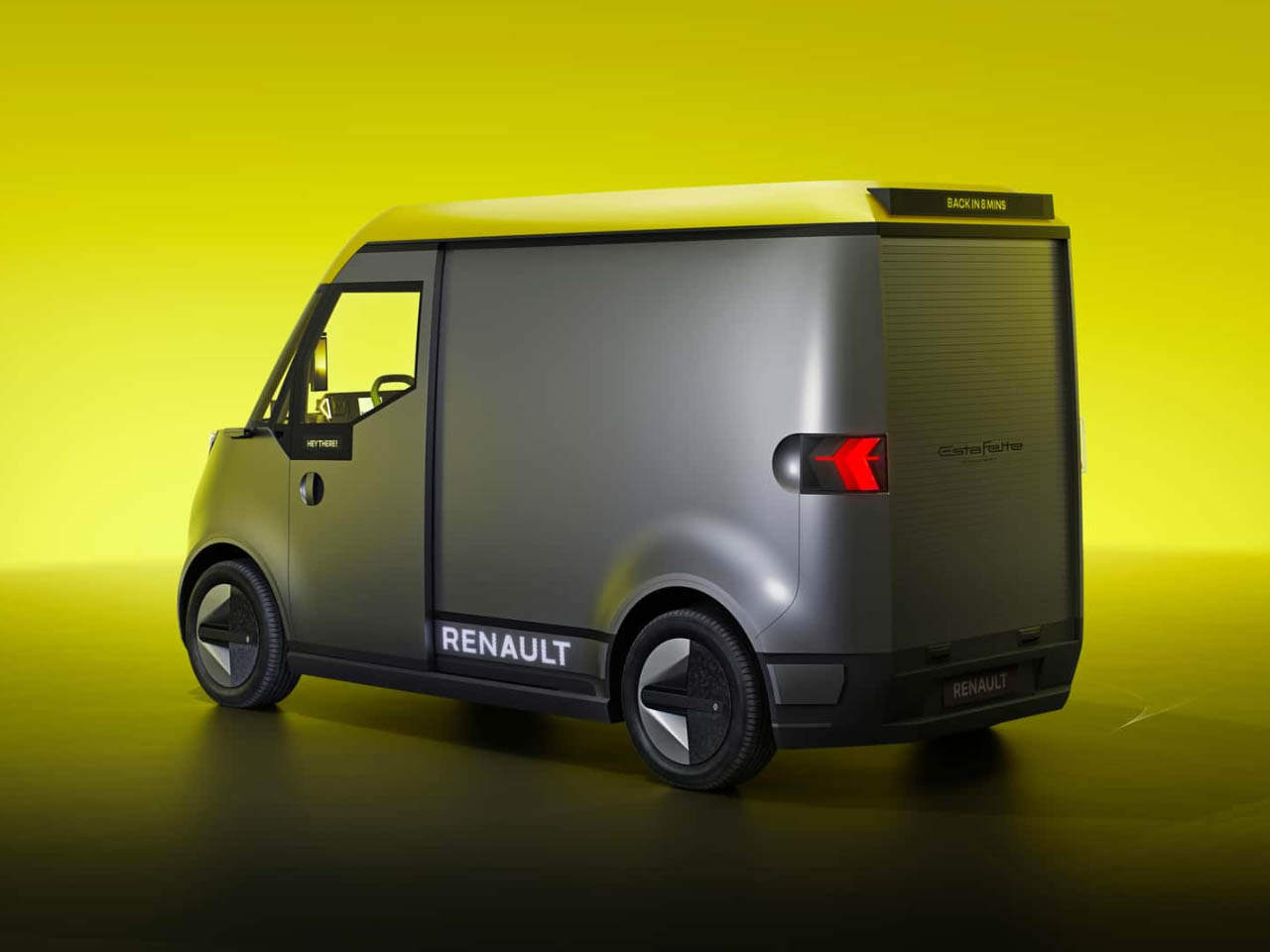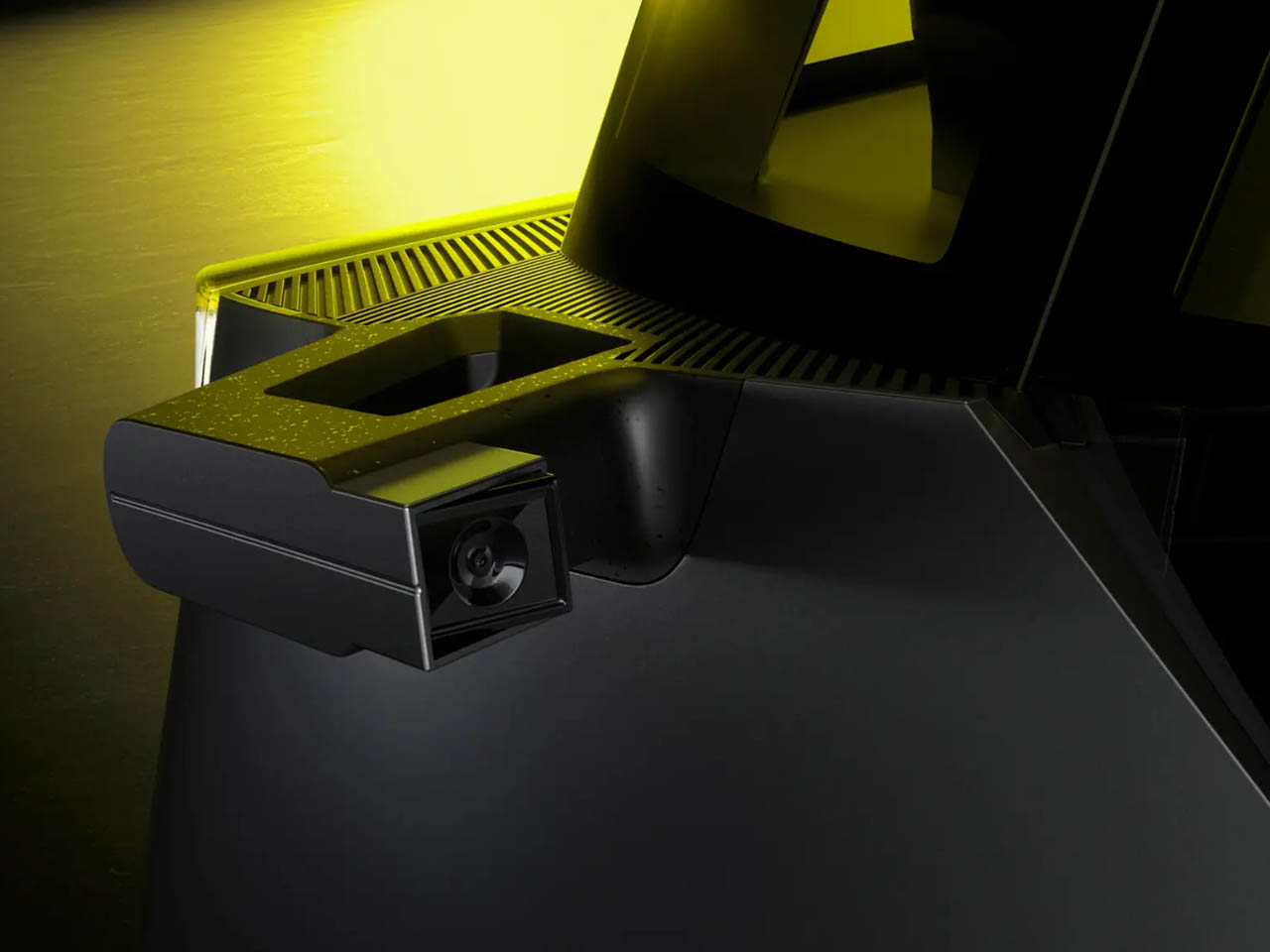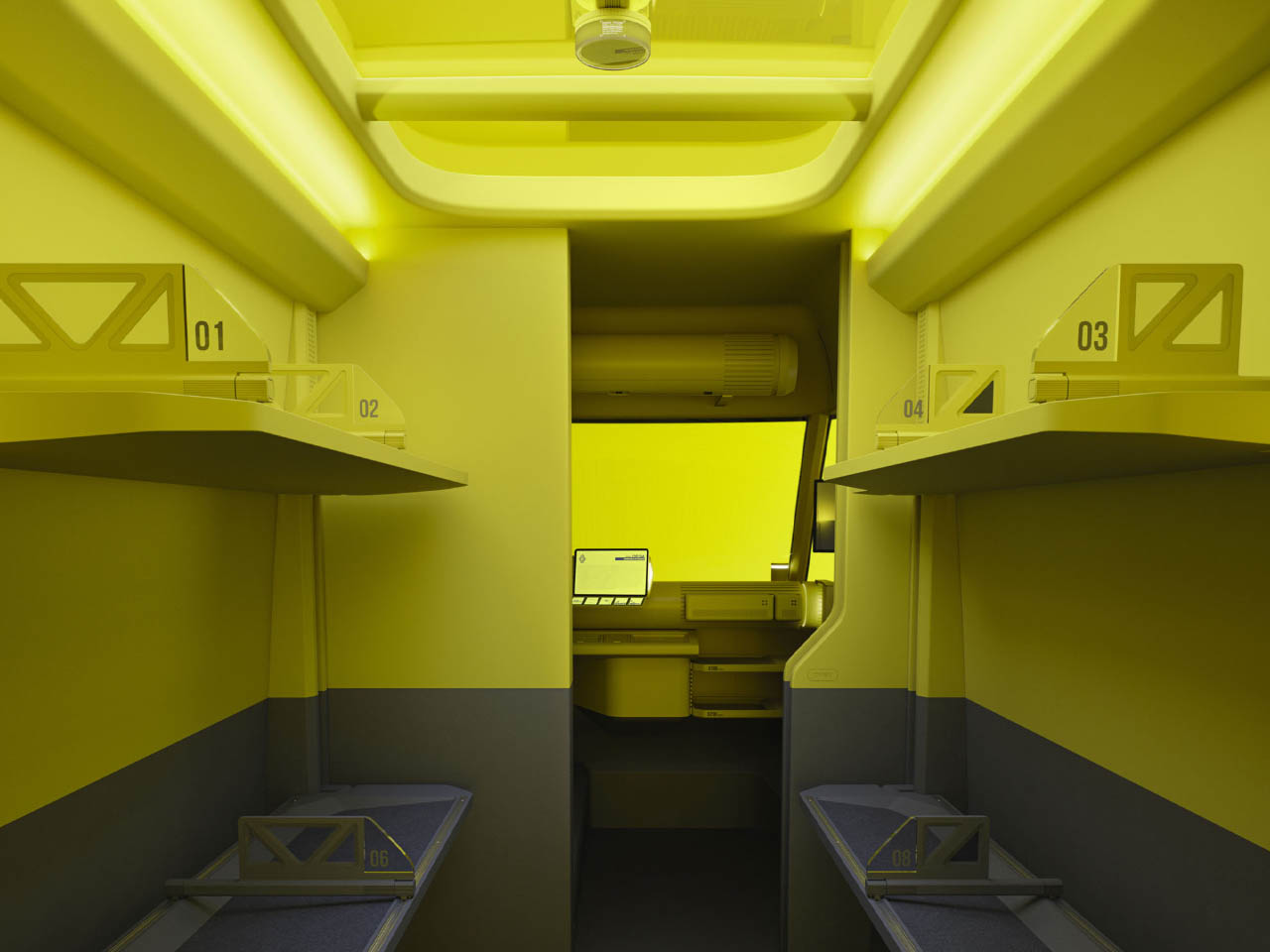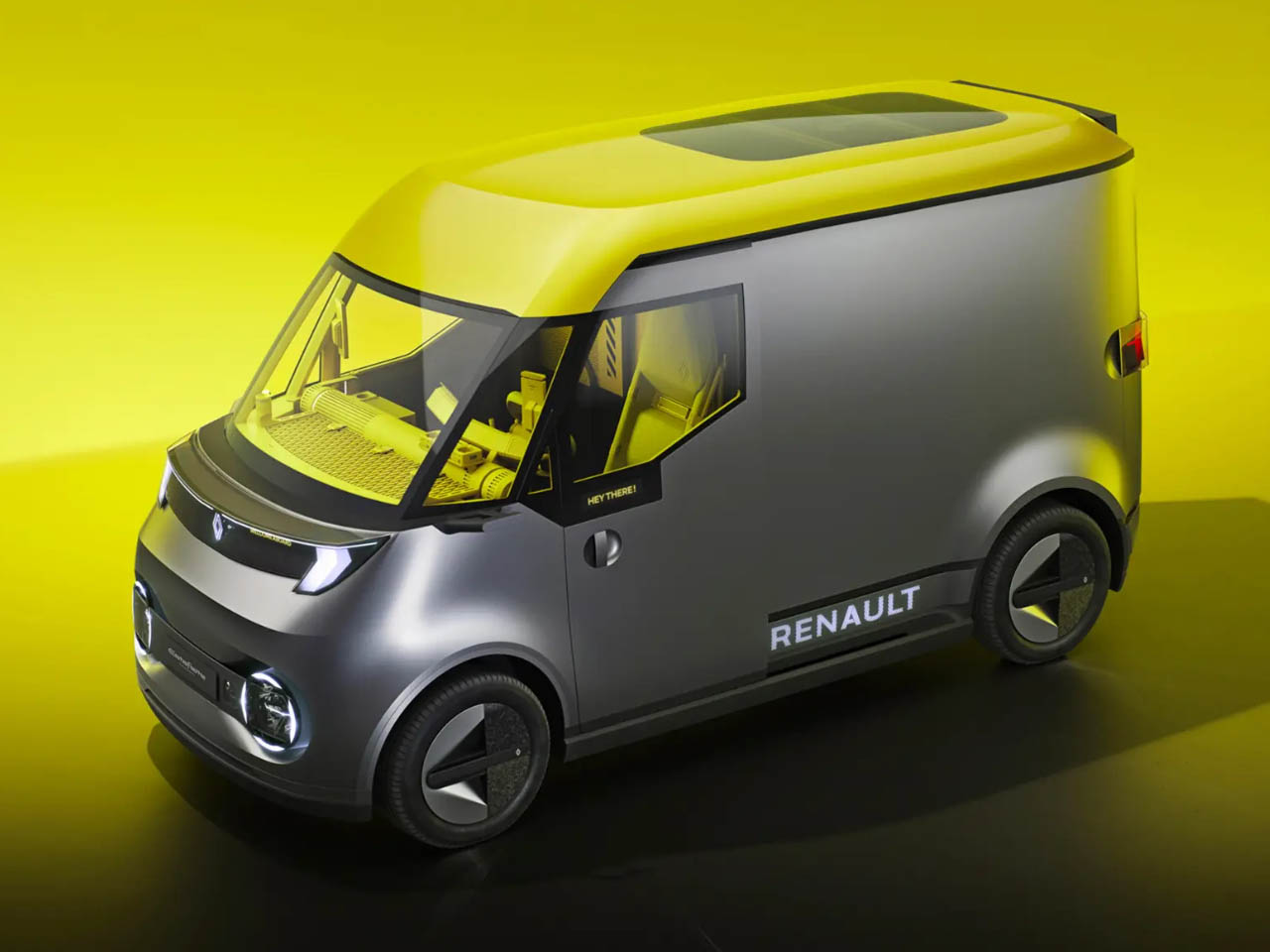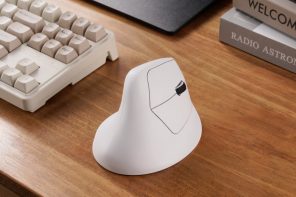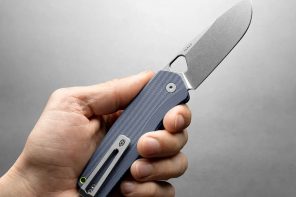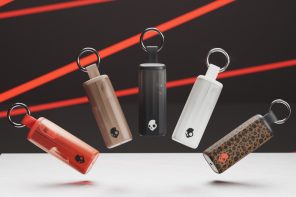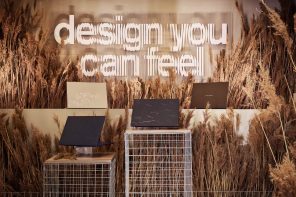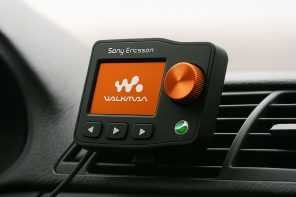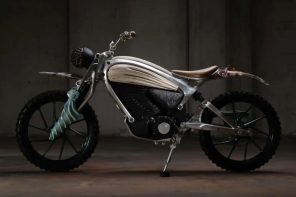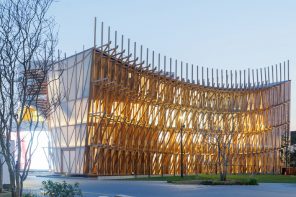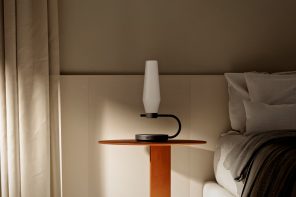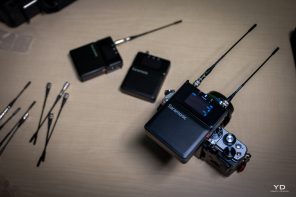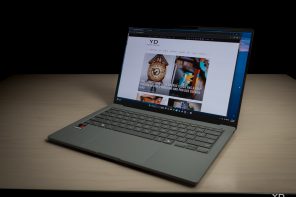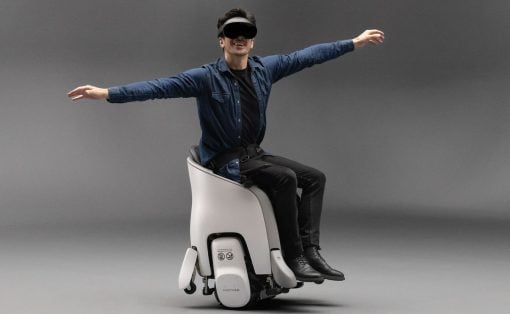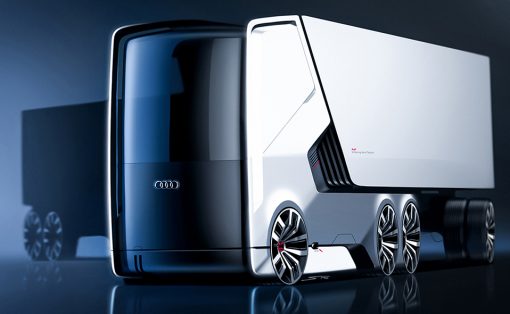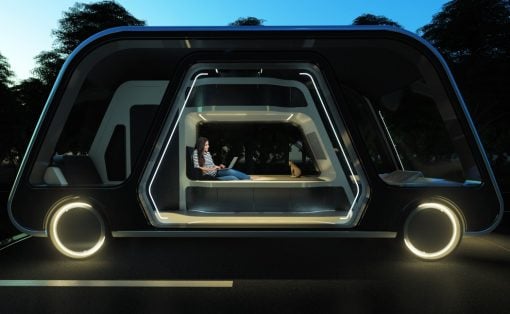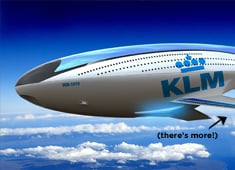Renault introduced the Estafette commercial drive van in 1959, and after two decades of success finally replaced it with the Trafic in 1980. The front-wheel drive van with the engine at the front was very practical and economical for its time. The interior was ultra spacious for all the cargo hauling needs.
Now the French automotive manufacturer has introduced an all-electric concept to cater to the needs of modern urban commuters. Dubbed the Estafette Concept, the last-mile vehicle sees a revival after almost 65 years from its initial launch. According to Renault, the concept is destined for the production lines in two years which makes it an even more compelling announcement.
Designer: Renault
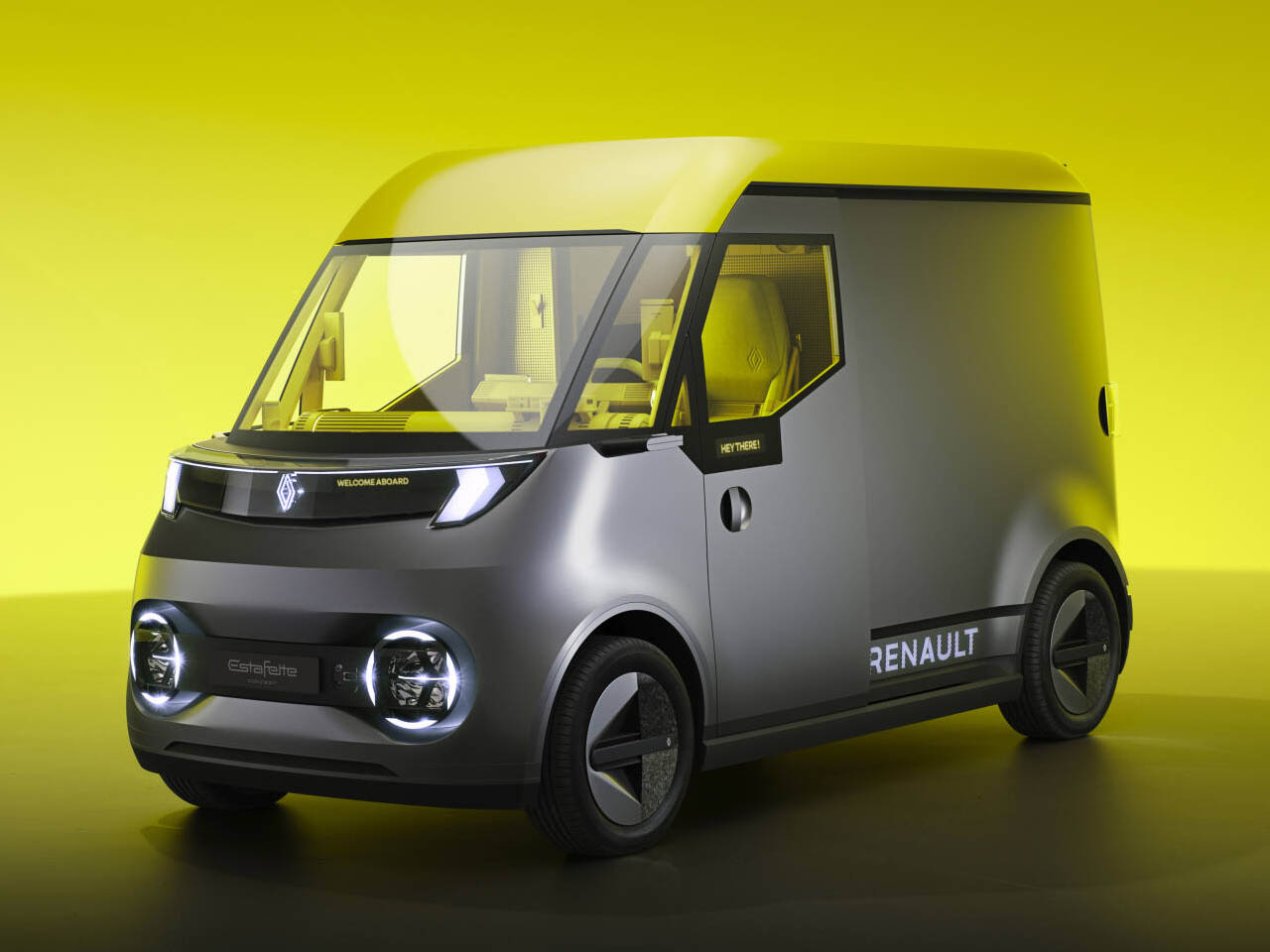
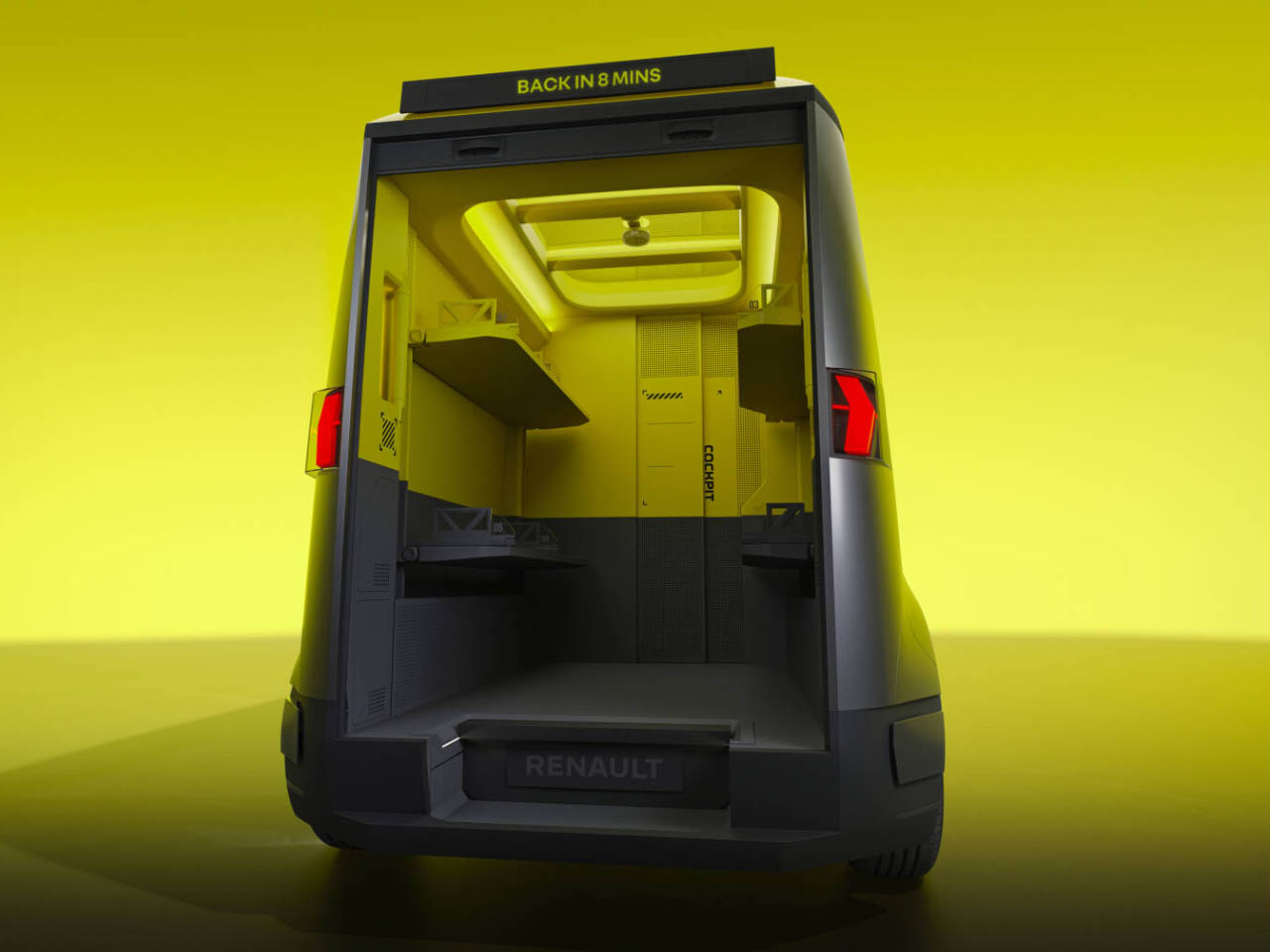
Presuming the final production version will be mostly similar to this one, the improvements seem interesting. The roof height has been increased from 1.85m to 2.59m and the length from 4.6m to 4.87m to make even more space for hauling cargo. The width however remains more or less the same at 1.92m. Another major change is the transition from the sliding doors on the side to a roller shutter that opens to the full height and comes with a foldout step.
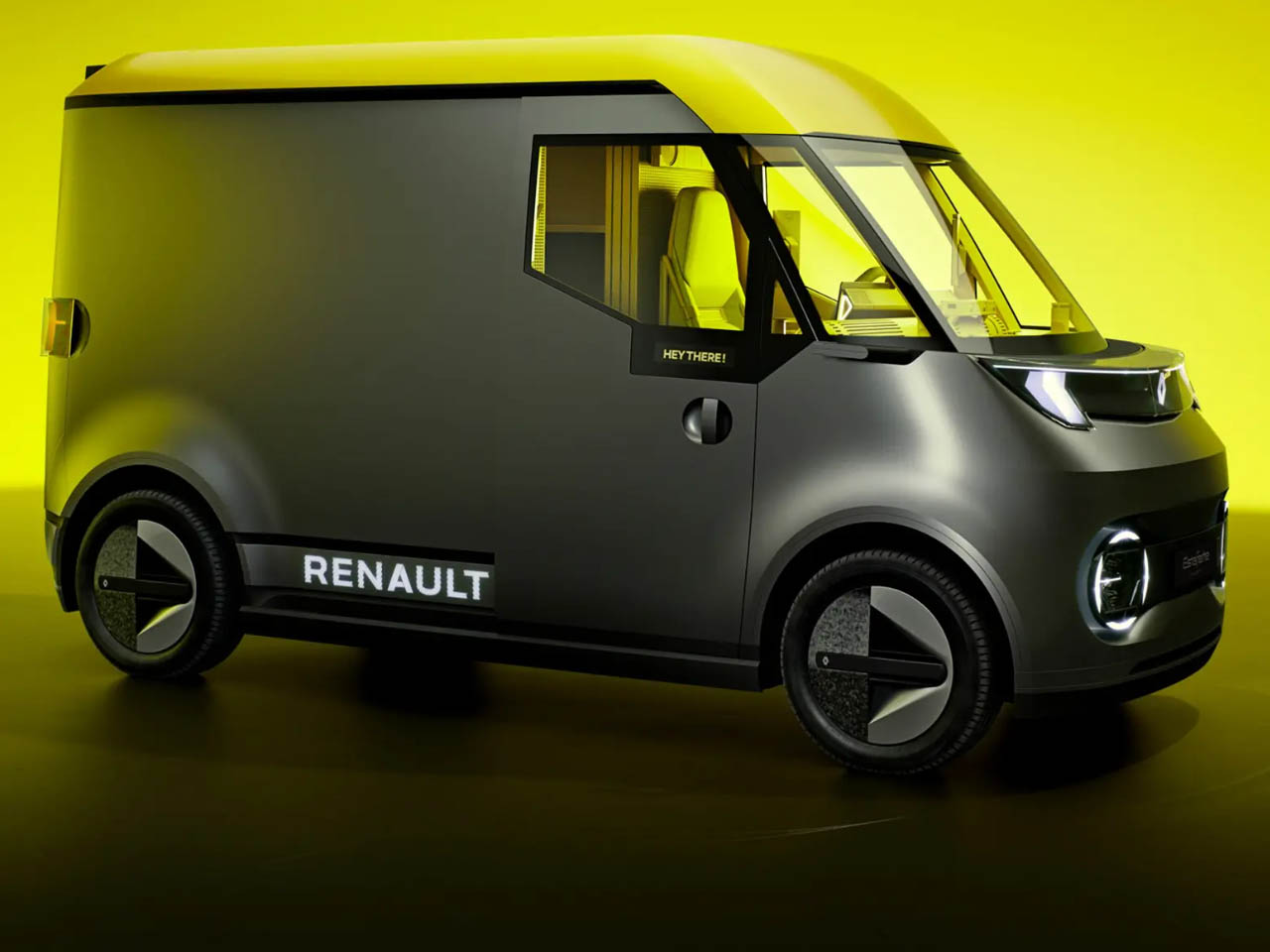
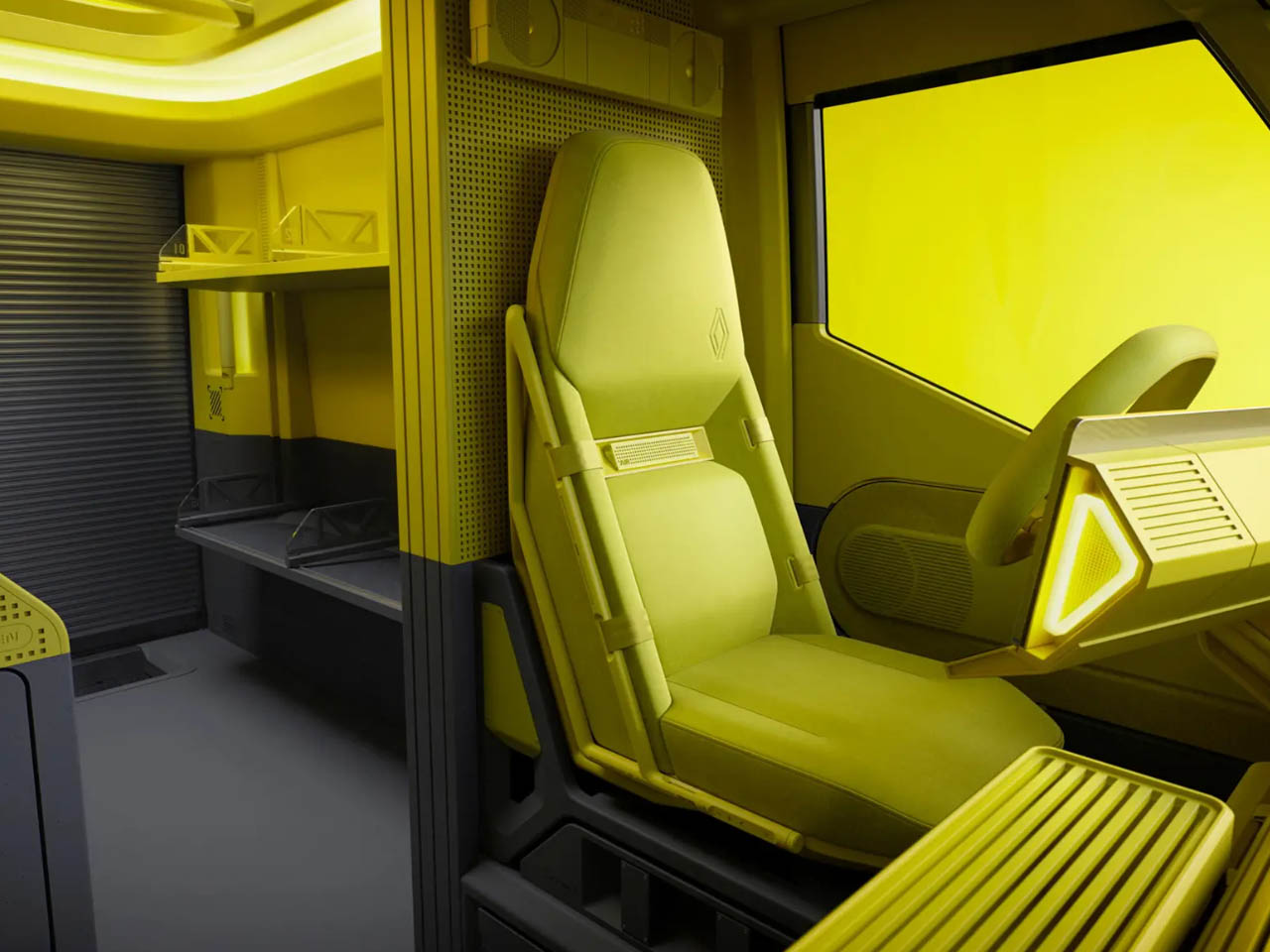
The cockpit has a zesty yellow theme which is contrasted with the backs of the floor and other side panels. A single swivel seat gives the driver complete freedom to glance over at the seven-inch telemetry display, 12-inch infotainment system and the 10-inch digitalized wing mirrors. A series of small screens display the customizable widgets to stay connected. As Philippe Divry, the CEO of Flexis said, “Estafette Concept is the first example of what electric utility vehicles will look like tomorrow: purpose-engineered to drive in cities, compact, connected and built for fully sustainable delivery services.”
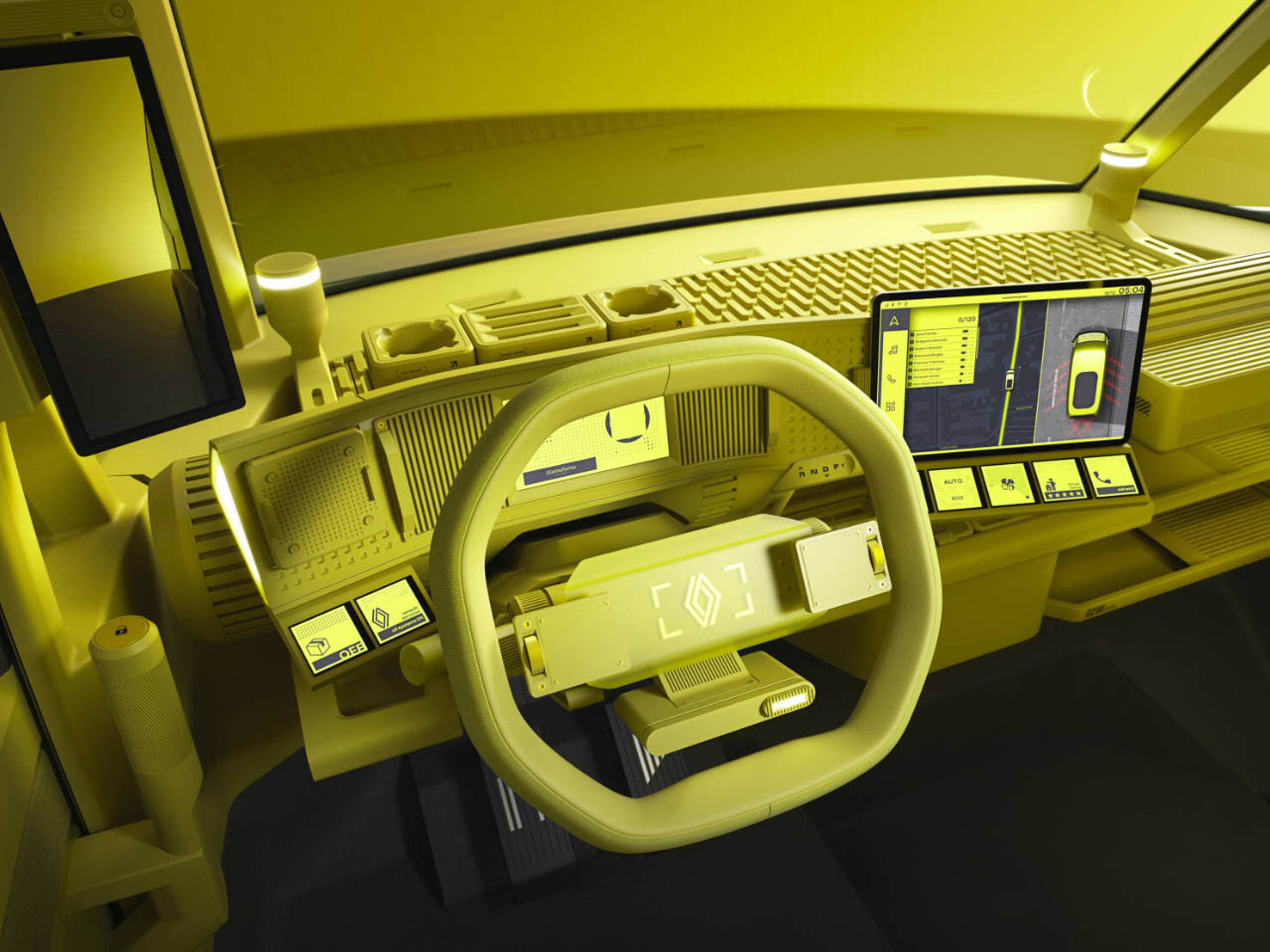
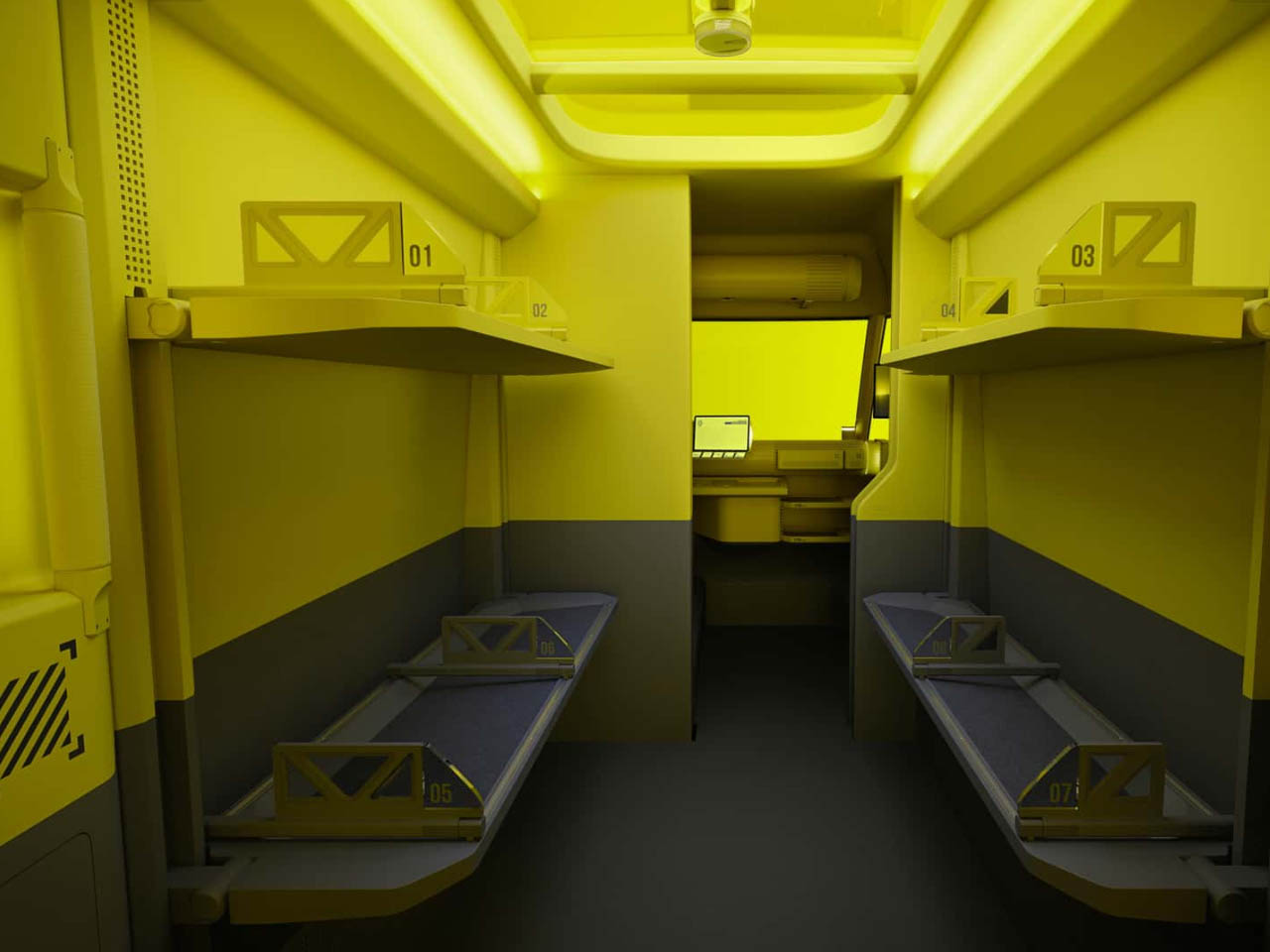
There’s a lot of headroom for even the tallest of loaders and the bright cockpit interiors will expose any cleaning lapses. The Estafette EV is created under the brand name Flexis Group – a joint venture between Renault, Volvo and CMA CGM Group. Hence, the vehicle will ride on the new FlexEVan platform when it ultimately meets fruition. The platform is future-proof since it comes with Software-Defined Vehicle (SDV) architecture for real-time updates and predictive maintenance. This according to the automaker reduces the operating costs by 30 percent.
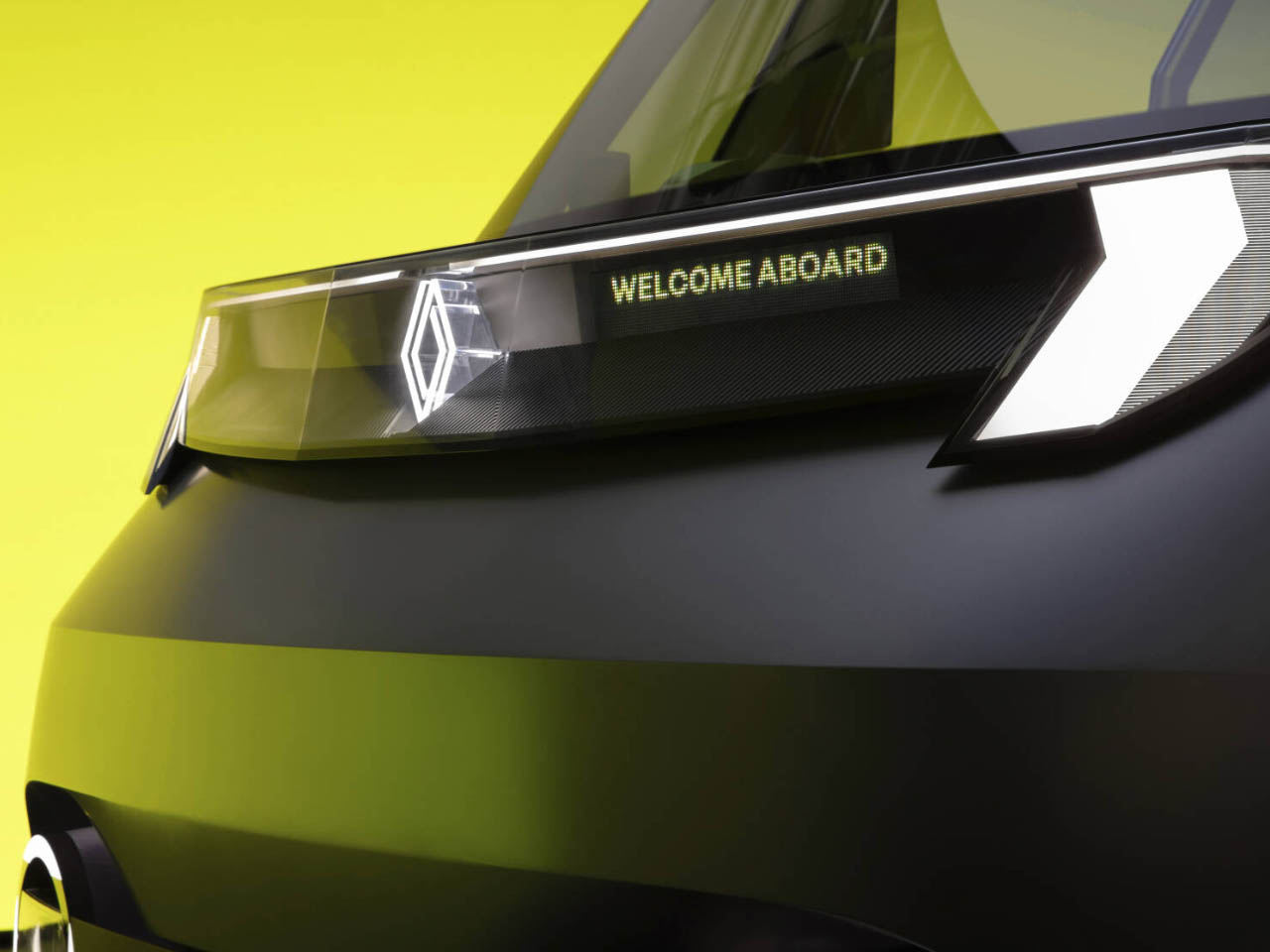
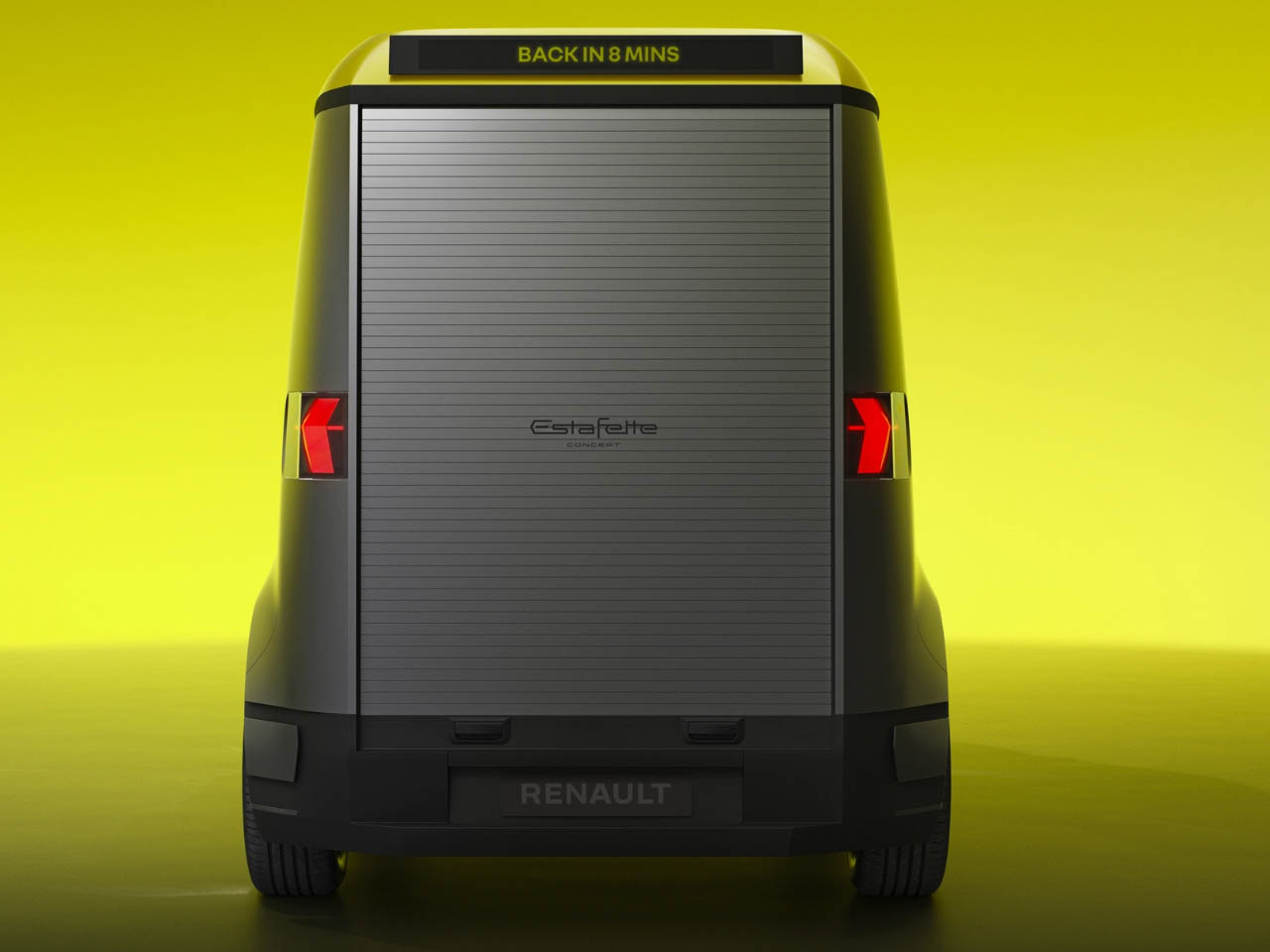
Visual DNA of its ancestral predecessor is present in the form of circular headlamps, the descending bonnet line and the large grille sandwiched between the retrofuturistic fog lamps. As a modern improvement, the taillights have arrow-like indicators and the contoured windscreen has wafer-thin pillars for improved visibility. The cargo area has foldaway shelves to arrange the goods for sorted loading and unloading. Also, there’s an automatic sliding door to separate the cargo area from the cockpit.
